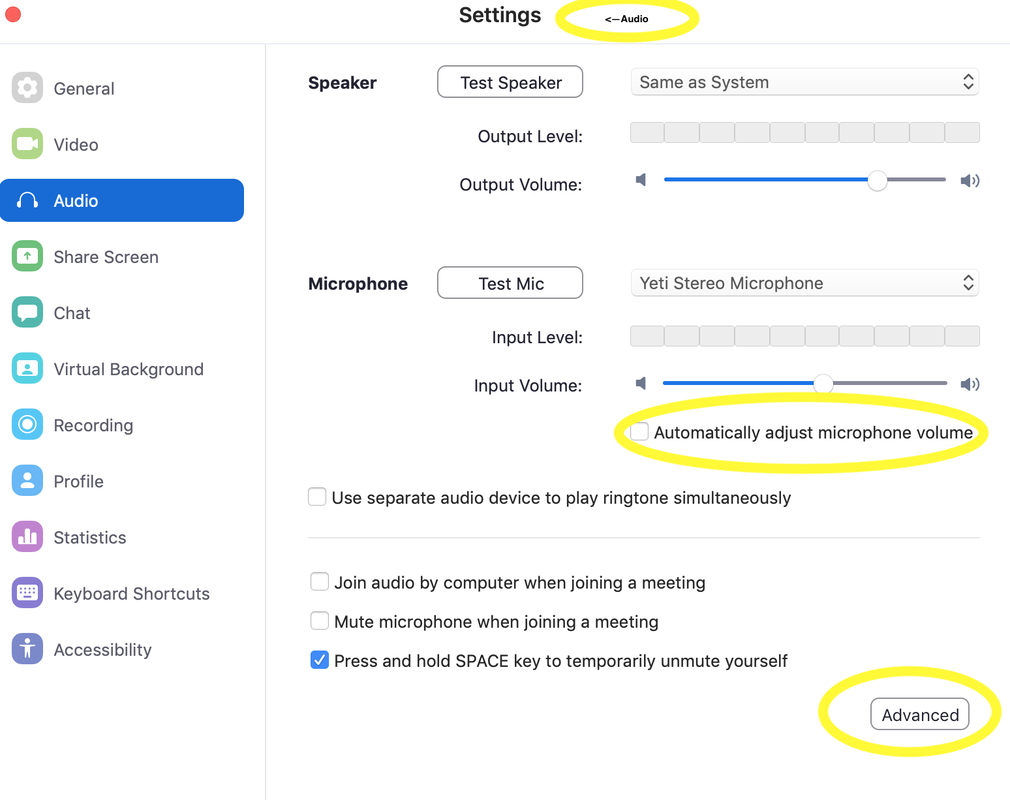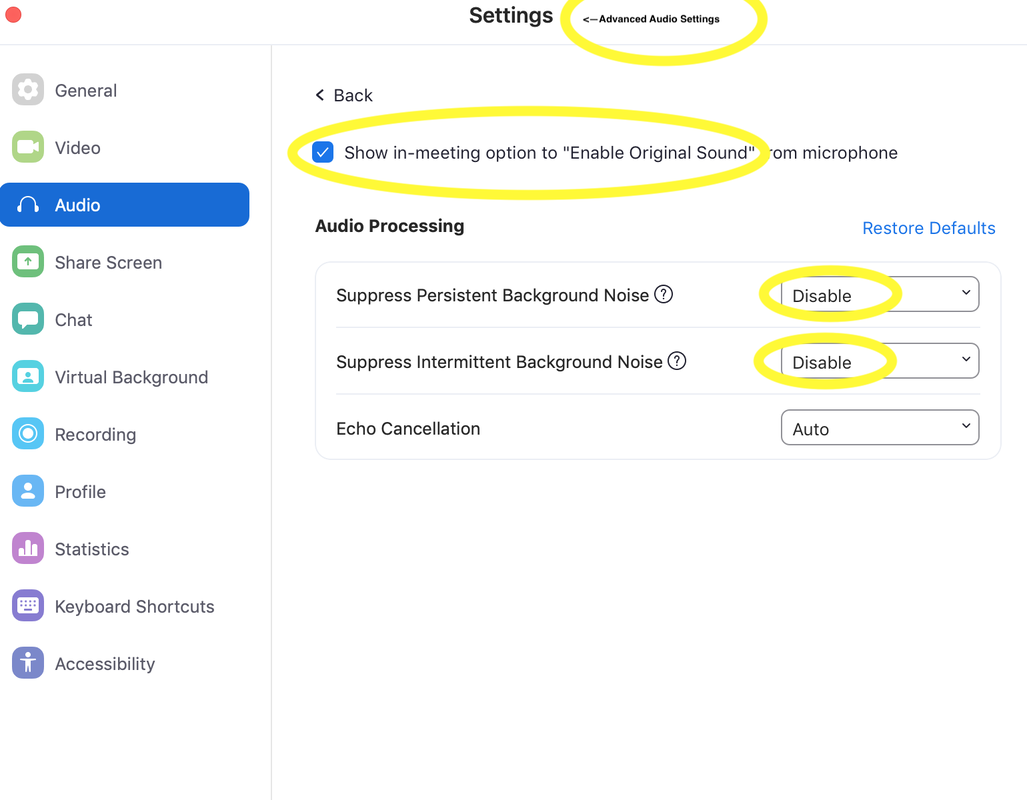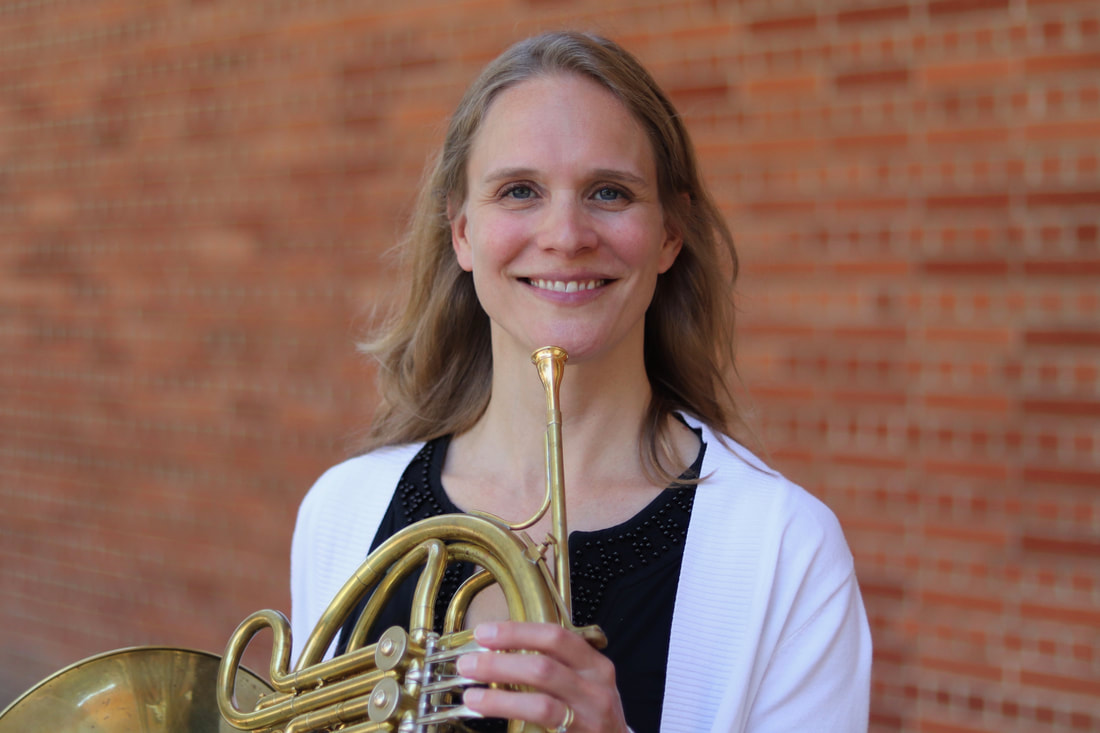|
Here is a great video with clear instructions and video you can use if you need to restring your horn. I recommend the yellow Yamaha string, a small screwdriver (1/8 in.), and very sharp, sewing kit scissors.
0 Comments
The tongue position is an often overlooked but critical aspect of good horn playing, and goes well beyond just tonguing the notes. I encourage all horn players to incorporate lip slurs into their daily routine, as smooth lip slurs require good tongue arching. For a smooth upward slur, from a 3rd space C to a 5th line F, the tongue will arch from a "taah" position to an "ee" position in the mouth. Check out this great MRI footage of how the tongue functions in a variety of horn playing settings (rapid tonguing, double tonguing, scales, slurring, etc) that Sarah Willis of the Berlin Philharmonic has provided. Note how the tip of the tongue is employed for tonguing, but the entire tongue's position changes depending on the range played. Especially, check out how much her tongue arches for higher pitches! I have neglected the studio blog for some time now; it somehow has been incredibly busy! The studio is strong and healthy, and we have presented two to three online studio recitals per year since 2020!
Many of my middle and high school students auditioned for and were accepted into their respective All-State Honor Bands the last few years, and a few of my high school students have gone on to study music at the university level. Some high students have performed or will perform in Carnegie Hall this year, namely Clare and Julian (congratulations!). Students are also returning to in person concerts with their local youth orchestras, yay! Several adult students are returning to their local community bands and orchestras; it is truly an exciting time! All their hard work and dedication is paying off as they return to the stage with their colleagues and hear the progress they have made these many months! :) The next online studio recital is this Saturday, May 14, 2022. There are about 15 students performing everything from "Oh Canada" and "Champagne Song" to Saint-Saëns' "Morceau de Concert" and Bernard Krol's "Laudatio." I am excited to hear everyone! Please follow these steps so you have the best settings for horn lessons.
1. Open Audio Settings A. If you are starting from the Zoom home screen, click on the Tools symbol at the top right. A new screen will appear with several options. Click on Audio. B. If you are adjusting audio settings when you are on a call already: 1. Click on the ^ symbol between your Mute and Stop Video buttons, on the bottom left of your Zoom screen. This upward arrow will open a menu of options. Click on Audio Settings. 3. You will see Speaker and Microphone options. You may want to adjust the input volume or output volume. For most of my students, about 70-80% volume works well for both. For those of you who have external mics: Under Microphone, check that your external mic is being used by your computer by clicking on the drop-down menu and making sure your external mic is selected. 4. Under Microphone: uncheck the option box that says "Automatically adjust microphone volume." You do not want the Zoom software to change your volume as you play. 5. Click on Advanced Settings, which is a tab at the bottom right of the Audio Settings screen. 6. In Advanced Settings, check the box at the top that says "Show in-meeting options to 'Enable Original Sound' from microphone." Once you check this box, your system will keep your original sound and not try to "fix" it. 7. On the same Advanced Settings screen, under Audio Processing, click the following: Disable, Disable, and Auto. You want to disable both "suppress background noise," which will otherwise lead to intermittent cutting in and out of your audio as the system tries to guess which sounds it hears are "noise." These steps will not take long to set up, but will provide a much better continuous audio experience for lessons! -Erika NB: Although an external mic is not required, it does make a huge difference in how well your sound is picked up and transmitted via Zoom. I strongly encourage students to consider investing in a USB external mic. They provide a truer image of your sound compared to your internal microphone on your computer, which is designed for talking voices and in addition is probably is a bit too far away from you and your sound. Here is a short video that also goes through the options if you'd rather follow a video: https://www.youtube.com/watch?v=MynQPhULNRU Below is a screen shot highlighting the Audio and Advanced Audio Settings you can change: Well, this post was gong to be about best Zoom audio settings, but that's not how it came out!
The times we are living in have been so difficult and challenging, for so many, many reasons. I have been reminding myself that we are all doing the best we can, and that everyone's circumstances are different and often unknown. While some challenges may be obvious to those around us, others may not. Now, more than ever, it is hard "to see" what others are dealing with, given the distancing we are observing. I am grateful that I have a community of wonderful, online students that constantly bring meaning and joy to my life. Every week, my students inspire me, and help me continue to grow in my own learning and understanding. Thank you. And just one more idea to chew on: Music is powerful. Like so many other important, wonderful events, the IHS scheduled for August 2020 has been cancelled. Although this cancellation is a huge loss for so many, it is a small sacrifice in the big picture of the pandemic. Here in the greater LA area we have been sheltering in place since March 12th. I read somewhere last week advice about personal outlook during this challenging time. As hard as it is, the advice suggested, try to focus on what we have gained through this experience, rather than what we have lost. I am trying to remember this idea every day, sometimes with more success than other times. Of course, this advice seems terribly inadequate to the many, many families who have lost loved ones, in our own neighborhoods, states, and the entire world. Please do what you can to stay positive, help others, and help stop the spread of the coronavirus. And don't forget the power of music, whether you are listening or playing!
Yikes! Everyone-- I want to wish you good luck staying safe, healthy, and sane over the next few weeks! With all the uncertainty and stress, community members need each other's support more than ever.
I also want to share some good news--I am excited to be a contributing artist for the 52nd Annual International Horn Symposium in Eugene, Oregon in August 2020! I will present "Preparing and Performing Unaccompanied Horn Solos." Specifically, I will discuss notation interpretation, extended techniques, phrasing decisions, and presentation issues such as audience connection, embodying emotions, and staging. For more information about the symposium, please visit: http://www.ihs52.com. A big thank you to Lydia Van Dreel, the organizer of the event this year and Professor of Horn at the University of Oregon! I am excited to share the news of Alan Schlessinger's performance of the third movement of Concerto No. 1 by Richard Strauss. My high school student Alan won a solo spot at the Samohi's Senior Gala, performing the concerto's final movement with orchestra.
The year has been full of many exciting and newsworthy moments; so busy, in fact, that I haven't had a chance to keep the studio news online up to date! Between my own performances and teaching and my students' performances, the blog has taken a back seat. But fortunately Alan's performance was recorded and you can check out the recording on YouTube by clicking here! Alan is performing by memory and with refined, clean technique. He worked so hard this spring, and you can hear all the hard work paid off! He has beautiful phrasing and tone, clear high notes (listen to those gorgeous high Bbs!), and great articulation, stage presence, and intonation. Bravo, Alan! The fabulous 50th international horn symposium took place last week in Muncie, Indiana, thanks to the host, Gene Berger, professor of horn at Ball State University.
It was a wonderful week of all things horn! Events began at 8:00 AM and lasted all day, including "night horn choirs" that started at 10:00 PM, for those with energy left after full days of recitals, lectures, master classes, perusing sheet music for horn, and trying out dozens of horns on exhibit. Professional players, professors, students, horn makers, and enthusiasts from around the world came. Somewhere along the way it was pointed out that "saying yes to something means saying no to other things." This point was made many times over at the conference, as quite often there were multiple events happening concurrently. Some of my favorite lectures included discussions about the horn as a jazz instrument, the evolution of horn pedagogy in the last 50 years, and Froydis Ree Wekre's discussion, "On being your own teacher." This very well-attended talk (all seats were taken and about 100 horn players sat or stood in the aisles) primarily addressed the mental and psychological challenges we all face in the practice room. I highly recommend her book to anyone serious about horn playing: Thoughts on Playing the Horn Well. I thoroughly enjoyed catching up with old friends and meeting new ones. It was also such a treat to hear the many new works for horn-- there were many exciting world premieres as well as some lost gems that were rediscovered and performed at the conference. I look forward to adding several of these great pieces to my own repertoire in the next year or so. Currently, as of summer 2018, my preferred platform for teaching online lessons is FaceTime. Skype and Google Hangouts also work well, but FaceTime seems to be most reliable, with the fewest connectivity, audio, or visual issues. Most importantly, the audio is consistent and in my experience FaceTime has less delay between the two sides of the call. It's probably only a few hundredths of a second different, but I notice the difference.
Skype's biggest issue is that it will sometimes "mute" one side of the call, when it incorrectly perceives that there is too much background noise. This happens usually when a student is playing a long note. However, here is a way to fix that issue. Technical Issue: How can I stop Skype audio from cutting out momentarily? Answer: This problem is usually caused by Skype overcompensating for what it believes to be loud background noise levels. Go into Skype’s Tools menu, then to Options… and select the Audio Settings tab. First, check that the HUE camera is selected as the microphone, and then uncheck the box below marked, “Let Skype adjust my audio settings”. Initially it is best to set the volume slider a little less than halfway along the bar. You can adjust this later to suit your preferences. Remember to save your settings before closing the window. The sound levels should now remain steady when you’re making calls. This information was taken from the following resource: https://huehd.com/ufaqs/microphone-cuts-making-skype-calls/ |
Erika WilsenHorn teacher and performer Categories
All
Archives
October 2022
|



 RSS Feed
RSS Feed